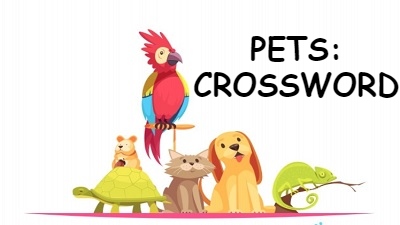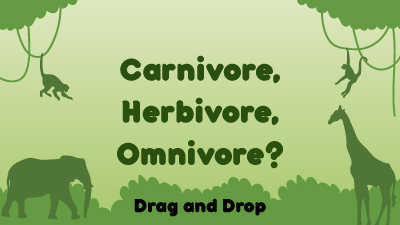Extraordinary sensory powers of animals we must know about. Flip through these pictures to know how their mind works.

For centuries, we thought animals were creatures of pure instinct with no understanding of how the world works. But research shows that some animals are truly blessed with extraordinary clever minds. Have you ever wondered, what it’s like to be an animal? To be able to experience the world the way they perceive it, to know what they are thinking, to be inside their mind?
Sony BBC Earth’s show ‘Inside the Animal Mind’ goes out to understand the most powerful animal minds on the planet and find out what they are capable of. Let’s explore some of their sensory secrets which make them the clever creatures that they are!
This exploration of animal senses has been a fascinating insight into the animal mind. These senses are essentially what shapes up their view of the world. It is these senses that make every single specie, including our own, unique and special. To know more about them, tune into ‘Inside the Animal Mind’ on Sony BBC Earth.
Contagion, quarantine, morbidity…what do these words used in reference to the coronavirus pandemic mean? Click here to find out.

With COVID-19 in the news, you may have come across a lot of words that may not be familiar but are used a lot in reference to the disease and its global impact. Here are some of the commonly used words in reference to the global pandemic.
How many can you find in the grid?
It’s time to test your word building skills with the help of a word puzzle that will challenge you to make the right connections. Get started!

This peacock ended up scrambling these six lettered words when it opened its wings. Can you unscramble them?
Connect the letter pairs on the left with the letter pairs on the right to form a word. The middle letters for all the words are UD. Drag and drop the letter pairs into the matching colour jigsaw pieces to complete the six-letter words. The first one is already done for you: FE-UD-AL
How much do you know about our four-legged friends and winged friends? Here’s a fun crossword that lets you find out…

Cats, guinea pigs, hamsters, puppies…. there’s so much to know about the world of pets. Solve this crossword to see how much you know about them.
Are you up to date on the most popular books and movies? Get your popcorn ready for this super fun crossword that will test just that!

Being home is no excuse to be cut off from the world. See how much you know about the most popular books and movies with this challenging crossword.
Take a quick look at what’s happening in the country. From the country going into lockdown, to innovative methods of battling the virus, there’s a lot to catch up on.

A lot has been happening around the country, this week. Prime minister Narendra Modi announced a 21-day lockdown in India, till April 14, to help contain the spread of the dreaded coronavirus (COVID-19), which has affected countries across the world. From robots in Rajasthan aiding doctors treat the virus, to using performing arts in Mangaluru to spread awareness about it, it has been a busy week for the country. Read on…
Click on the hotspots to see other news.
You are what you eat? Well such is the case of animals who can be classified into three groups because of the kinds of foods they eat. Find out what they are…

Did you know, that animals fall into three distinct groups based upon what they eat.
Herbivores are plant eaters, meat eaters are carnivores, and animals that eat both plants and animals are omnivores.
Herbivore: Just because they don’t eat meat doesn’t mean all herbivores are small. They can be as small as insects, rabbits or as big as rhinoceroses.
Carnivores: They often have sharper teeth or even fangs to help tear up flesh. Most of the time in their ecosystem, carnivores will prey on herbivores, though they may eat omnivores, or even other carnivores depending on what food is available. Tigers, whales and snakes are a few examples.
Omnivores: Usually have flat and sharp teeth and the ability to digest meat, fruit, and vegetables for food. Pigs, raccoons and chimpanzees are some examples of omnivores.
What an animal uses for fuel can often clue biologists into other information about it and how they survive in their ecosystem. Do you know which category these animals fall into?
Drag and drop the animals into the correct box.
Take out your magnifying glass and look closely for the missing boundaries of Indian states, and guess which states share that border.

Mansi is homeschooling because of COVID-19.

While going through her Geography lesson, she was learning about Indian states. She was placing the states on map and found that there were six states missing. Can you help her find the borders that are missing? Click on the areas where you feel the borders between two states are missing.
With all the extra free time on hand, there is so much you can do. Download your planner and whip up a fun activity schedule.

Hidden are words that are periods of the art form from the time they originated. Play along and see how many you can find.

The history of art is immense, the earliest cave paintings pre-date writing by almost 27,000 years! If you are interested in art history, the first thing you should do is play this word search game to know the different art forms.










